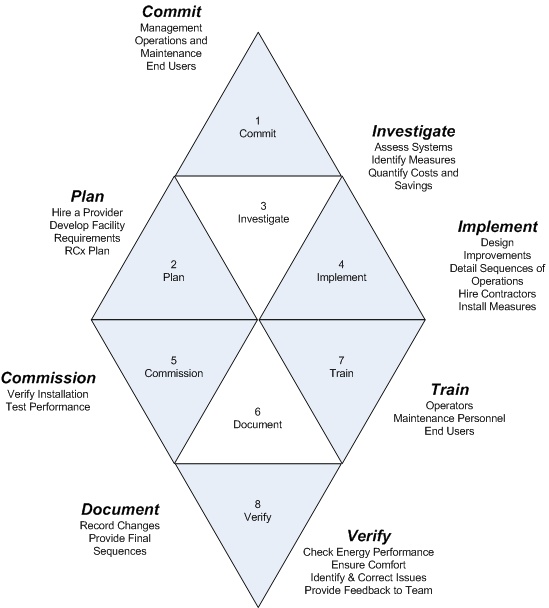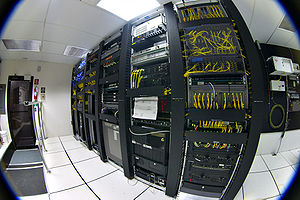As an industry, we provide building operators with efficient heating, ventilation and air conditioning (HVAC) systems as well as powerful building management control systems. Then we expect the operators to run the high-tech HVAC equipment efficiently.
But we don’t give them the tools to answer the fundamental question: “How many ‘miles per gallon’ is my central air handing system getting?” The expectations are implicit, but the tools and basic information for management are lacking. We are not providing energy use feedback in our designs.
Providing such information does not have to be complex or expensive. In fact, the most basic energy use parameter for a fan or a pump, which are commonly fitted with variable frequency drives (VFD) nowadays, is motor power consumption: kW. Every VFD has a “free” built-in kW meter. With over a decade of conducting design reviews, I have yet to see a design engineer call for the motor power to be displayed on the system graphics panel. There is no incremental cost to do so. Why not?
Simply displaying kW next to the fan graphic display provides useful feedback. We can take it one step further for a central variable air volume (VAV) air handler by providing a meaningful performance metric such as kW per 1,000 Cfm (kCFM). This is quite simple: sum the dynamic supply, return (and relief, if applicable) fan kW using the supply air volume. Most VAV air handlers have air flow measurement stations to capture supply air flow. If not, the next best option is to totalize the terminal VAV box air flows.
This kW per kCFM is akin to miles per gallon we use for our cars. Something we all understand. Just like modern cars that display real time mpg, which enables us to learn how to drive more economically, feedback from building systems will enable facilities staff to operate their buildings more economically.
Empowering Building Operators
Now a building operator has information to immediately know the impact of changing a setpoint such as a colder supply air temperature (because the boss in the corner office is complaining).
And other questions in the building operator’s mind can be answered such as:
- How does my air handler compare to other similar systems?
- Am I using what is expected?
- Has anything changed?
- Am I improving over time?
This is important because according to the Lawrence Berkeley National Laboratory, building energy use depreciates about 2% to 3% annually. Simply providing performance information, even if operators are not actively engaged in reducing air handler energy use, reduces energy use by about 2%.
Real World Answers
I often read articles in technical publications such as ASHRAE Journal, where the author says something like, “We determined changing the supply air temperature increased fan energy by conducting computer building simulation modeling.”
Why simulate? Why not answer the question using a real air handler with its performance metrics displayed? A real system and real answers.
Quick Answers Enable a Faster Response
Operator empowerment from performance metrics enables quick answers to optimizing strategies such as:
- Is static pressure setpoint reset really worth the effort?
- Did the recent change out to cog type fan belts actually improve my air handler performance?
Trending and archiving such performance data can answer other questions such as, “Why is my system using more power than it did three years ago?”
And there are other benefits. For example, a utility offering efficiency rebates for retrocommissioning (RCx) of an air handler will have available a pre-RCx baseline and post-RCx actual benefit. No fancy complex evaluations or calculations – just real world, believable answers.
Isn’t this really management 101? “You cannot manage what you cannot measure.”
Related Articles
Building Performance Monitoring And Metrics: Putting Building Data To Work [Thomas Anderson and Jennifer Chiodo, Engineered Systems Magazine]
Summary Monitoring-Based Commissioning Study [Evan Mills, PhD, Lawrence Berkeley National Labs]
Performance Metrics Research Project – Final Report [National Renewable Energy Laboratory]



